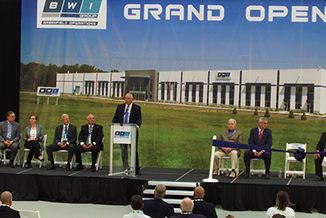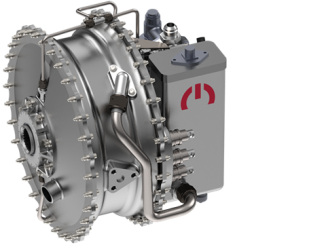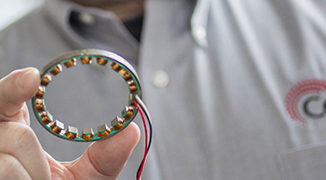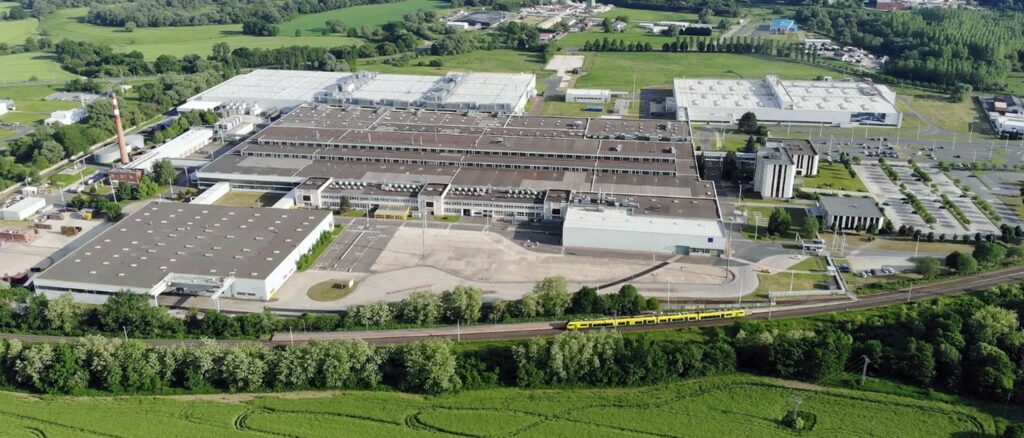
- Stellantis is growing its electrified propulsion manufacturing footprint with EDM production in Tremery-Metz, France, Kokomo, Indiana, USA and Szentgotthard, Hungary; along with electrified dual-clutch transmissions (eDCTs) at Mirafiori complex, Italy
- Addition of Szentgotthard plant in Hungary with a €103 million investment supports the ongoing transformation of the Company’s manufacturing sites to achieve core electrification objectives of the Dare Forward 2030 strategic plan
Stellantis NV has announced it intends to increase production capacity of electric drive modules (EDMs) by adding production in Szentgotthard, Hungary, targeted to begin in late 2026. The €103 million investment in Szentgotthard, including grants and contributions from the Hungarian government, is the latest example of Stellantis’ commitment to transforming existing facilities for its electrified future.
The company has leveraged Tremery-Metz, France, and Kokomo, Indiana, USA, for production of EDMs. Further, the Mirafiori complex in Italy is increasing production of next-generation electrified dual-clutch transmissions (eDCTs) in 2024 for Stellantis hybrid and plug-in hybrid vehicles.

“Bringing production of electric drive modules to Szentgotthard to support our transformation towards electrification is another important part of our goal to provide customers with clean, safe and affordable mobility,” said Arnaud Deboeuf, Stellantis Chief Manufacturing Officer. “The people at this plant can be proud that their work will be an integral part of our electrified future and a core element of delivering customer-focused, class-leading electrified vehicles from our iconic brands.”
Szentgotthard-produced EDMs will be used in vehicles built on an upcoming BEV-centric STLA platform. Production of EDMs will be housed in existing buildings at the plant. New work related to electric drive production at the plant will include machining of certain key components and final assembly and testing of 3-in-1 EDMs that combine the electric motor, reduction gearset and inverter into a single unit.
The Szentgotthard plant currently builds 1.2-liter turbocharged three-cylinder and 1.6-liter four-cylinder internal combustion engines used in a variety of Stellantis brand vehicles. Stellantis employees will undergo upskilling training to support the machining and assembly requirements of EDM production, enabling the plant to continue the manufacture of traditional propulsion next to electric drive module production.

In December, Stellantis announced the ramp-up of production of the all-new M3 electric motors, the result of its Emotors joint venture with Nidec Leroy-Somer, at its manufacturing plant in Trémery, France. Production capacity is expected to reach more than 1 million motors per year by 2024.

Stellantis is investing more than €50 billion in electrification over the next decade to deliver on the Dare Forward 2030 targets of reaching a 100% passenger car battery electric vehicle (BEV) sales mix in Europe and 50% passenger car and light-duty truck BEV sales mix in the United States by 2030. To achieve these sales targets, the Company is securing approximately 400 GWh of battery capacity, including support from six battery manufacturing plants in North America and Europe. Stellantis is on track to become a carbon net zero corporation by 2038, all scopes included, with single-digit percentage compensation of remaining emissions.
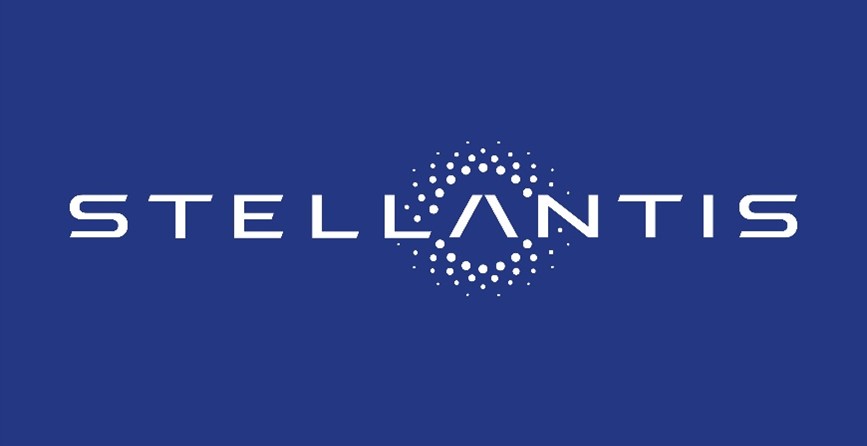
About Stellantis
Stellantis N.V. (NYSE: STLA / Euronext Milan: STLAM / Euronext Paris: STLAP) is one of the world’s leading automakers, best known for its portfolio of iconic and innovative brands including Abarth, Alfa Romeo, Chrysler, Citroën, Dodge, DS Automobiles, Fiat, Jeep®, Lancia, Maserati, Opel, Peugeot, Ram, Vauxhall, Free2move and Leasys. With a community of more than 160 nationalities, industrial operations in more than 30 countries and customers in more than 130 markets, it aims to develop, engineer, manufacture, and scale breakthroughs in all facets of sustainable mobility from autonomous, connected, electrified, shared and pre-owned vehicles to micro-mobility, commercial vehicles, and even electric aircraft. Stellantis is executing its Dare Forward 2030, a bold strategic plan that paves the way to achieve the ambitious target of becoming a carbon net zero mobility tech company by 2038, while creating added value for all stakeholders. For more information, visit www.stellantis.com.

